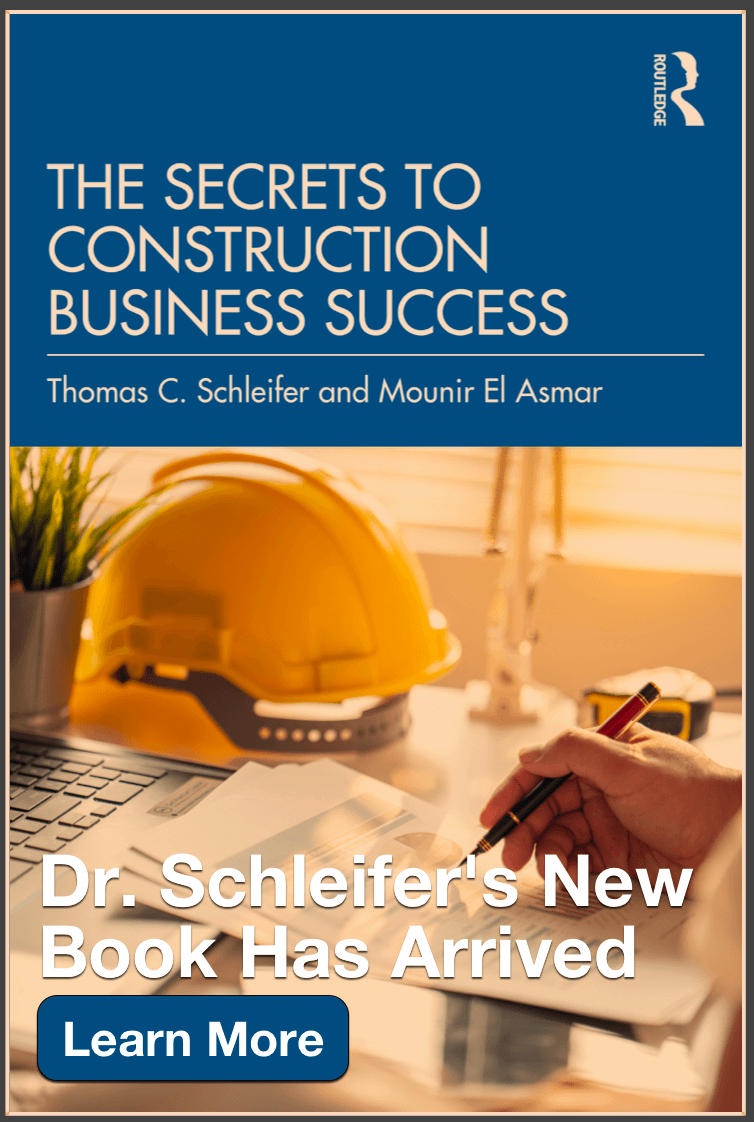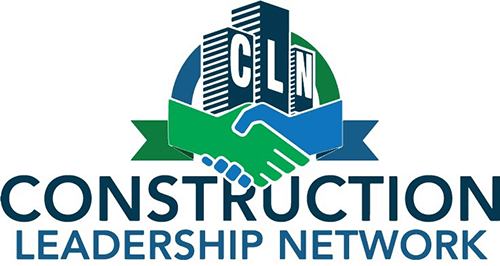
Financial risk is embedded in the nature of construction transactions. Project risk management begins during project selection. Signing a legally enforceable performance contract, for a complexity of services, to be delivered over an extended period, is a high-risk financial transaction. What’s even worse is the fixed price is set by us, not the seller, and the contract places all of the risk on our side of the ledger. Contractors have been entering into risky financial contracts for a century and doing so without a formal process to even identify the financial risks.
Macho Risk Takers
Acceptance of all risks in a construction contract has been around so long that construction professionals have come to believe that it’s a test of our professional skills to produce work more efficiently than our competitors. We believe that we can produce the work at a cost that our competition can’t match. When I point out to audiences how many contractors failed each year, I can see the survivors in the room glance at one another as if to say: Yeah, but that’s why the losers are not here, and we are. We work more efficiently than they did. We’re smarter and more professional. It’s time we embrace Risk Management.
Risk Management Begins with Risk Managers
The only way I know of to accurately evaluate the financial risks embedded in every potential project is to assign the risk assessment task to a small group of trusted employees who can come at the task from different perspectives. The varying points-of-view of the risk evaluators is critical to accurate risk assessment. Including varying points-of-view is similar to Las Vegas odds makers adjusting the “morning line”. As bettors make their choices, odds makers know that the varying points-of-view of the bettors’ level the odds of predicting the outcome. We can employ the same technique by having our team “place their bet” on the likely occurrence and impact of each identified risk factor in a project under consideration.
The CEO (Contractor)
Contractors are aggressive risk takers. They pride themselves on it and tend to overlook or minimize risks while pondering the next job. “We can build anything” is a core belief. “We need the work, so we need to take what’s available,” is their attitude. This bias is why they should not be the only one assessing potential projects. In evaluating risk they tend toward optimism, rooting for themselves.
The CFO
CFOs tend toward caution. They look at potential contracts through a financial lens. They use data to predict outcomes, and they keep their eye on the profit ball rather than the “top line”. If left alone to choose, they would probably err on the side of caution, but their input coupled with the CEO’s smooths out the odds of getting risk evaluation right.
The VP Ops
Adding the VP of Operations to the risk assessment team is a necessity. Their perspective usually falls somewhere between the CEO’s optimism and the CFO’s caution. They are as eager for more work as the CEO, but they are constantly in touch with the complexity of operational risks because they live with labor shortages, material price volatility, varying subcontractor performance, weather delays, etc. If anything can go wrong, it will is their constant companion. Their experience merges the optimism and caution of the other two risk assessment team members and is a great leveler.
Draft Your Team
Operating a construction company without a risk assessment team in place is financial malpractice. You wouldn’t dream of operating a business without managers and skilled trades people on staff, so why take on monumental financial risk without a team to evaluate the risks that can impact the health of your firm.
This is just an example. The makeup of the team is up to you. The number of members is also your choice. I recommend no fewer than three and no more than five and those included must be independent enough to disagree with the CEO.
Next Week
Next week we’ll discuss how to recognize and measure financial risk after a project is underway. Stay with us.
For more information on risk management read more at: RISK
For a broader view of risk committees, read more at: COMMITTEE
To receive the free weekly Construction Messages, ask questions, or make comments contact me at research@simplarfoundation.org.
Please circulate this widely. It will benefit your constituents. This research is continuous and includes new information weekly as it becomes available. Thank you.


